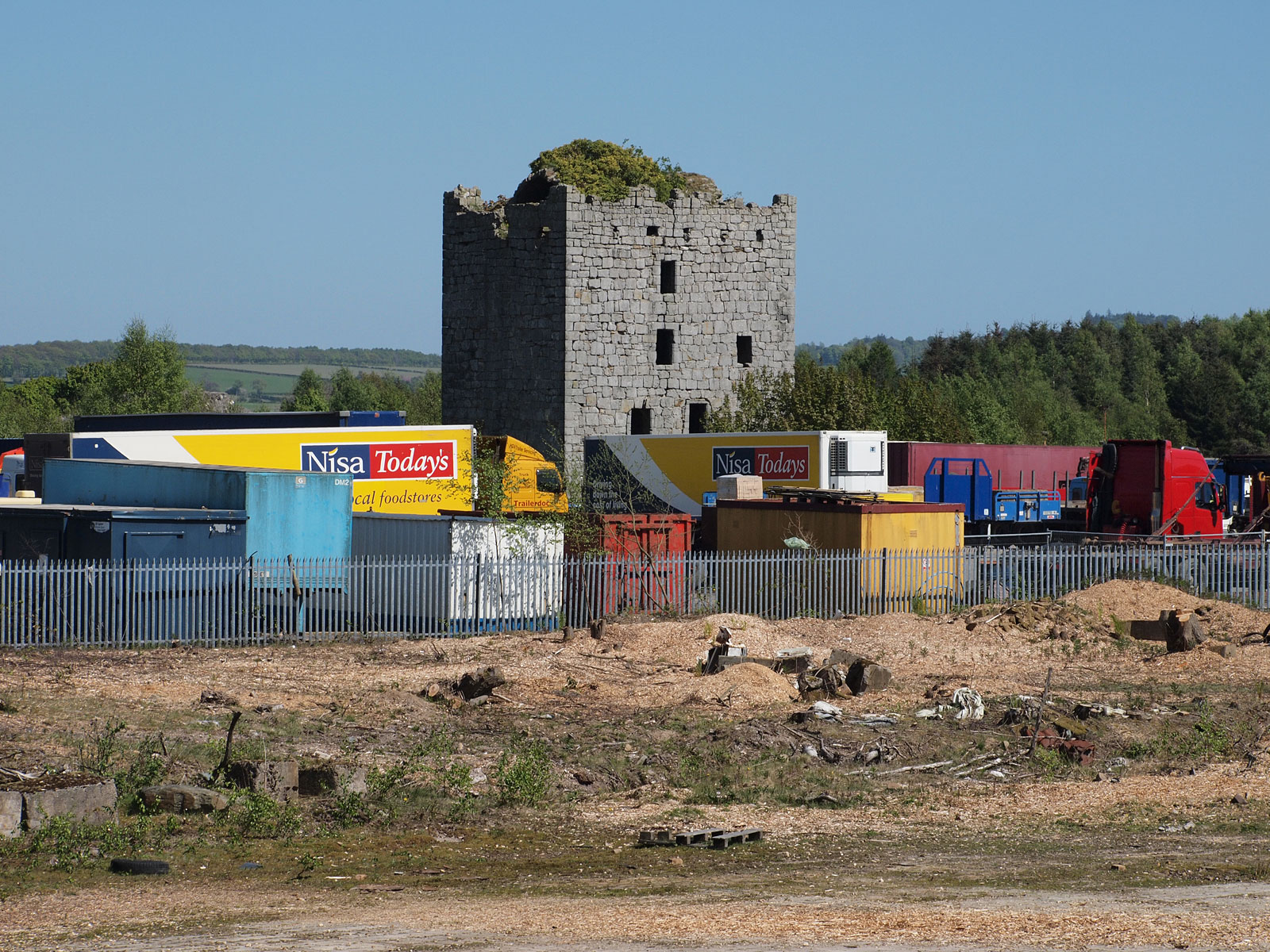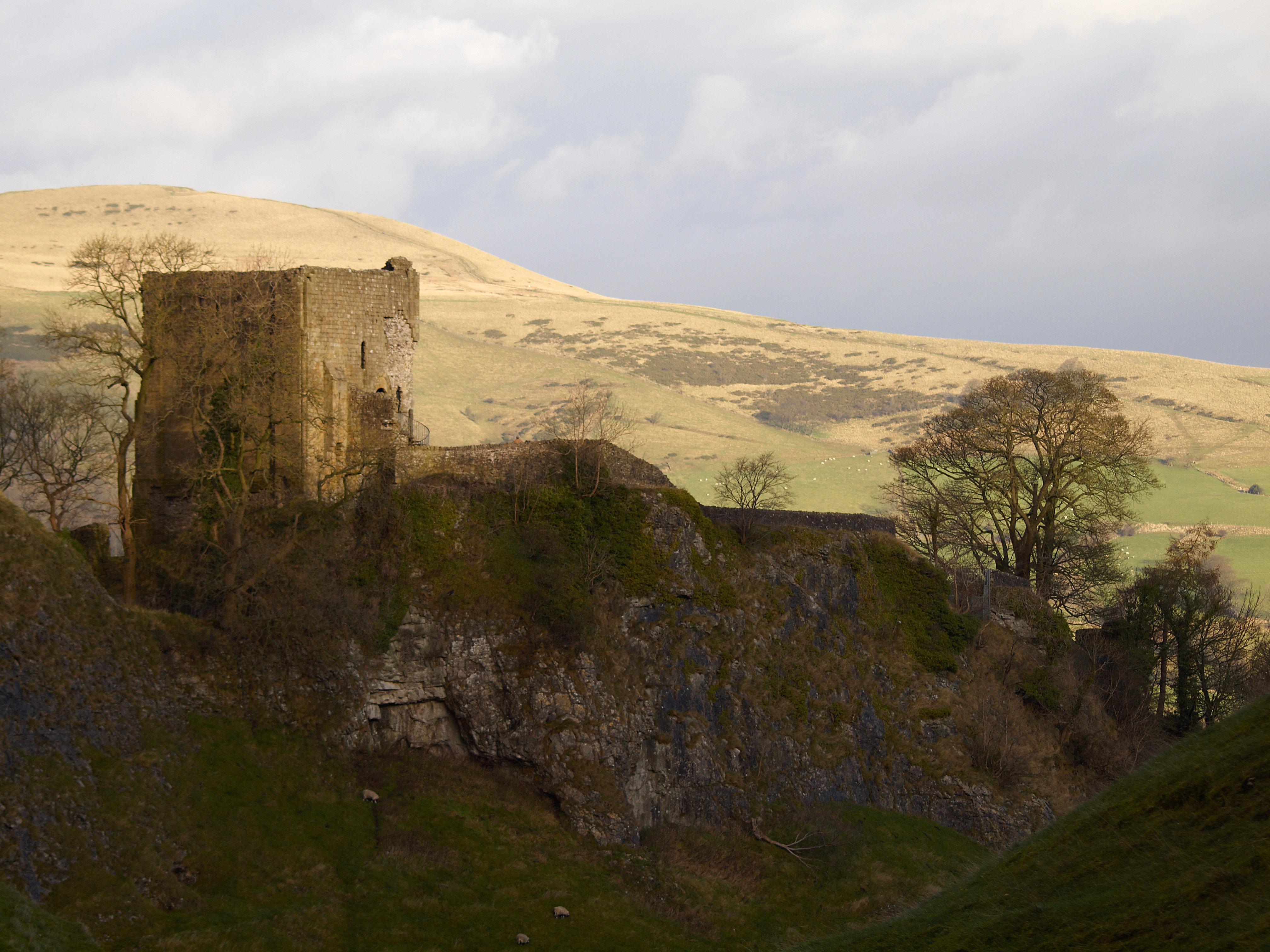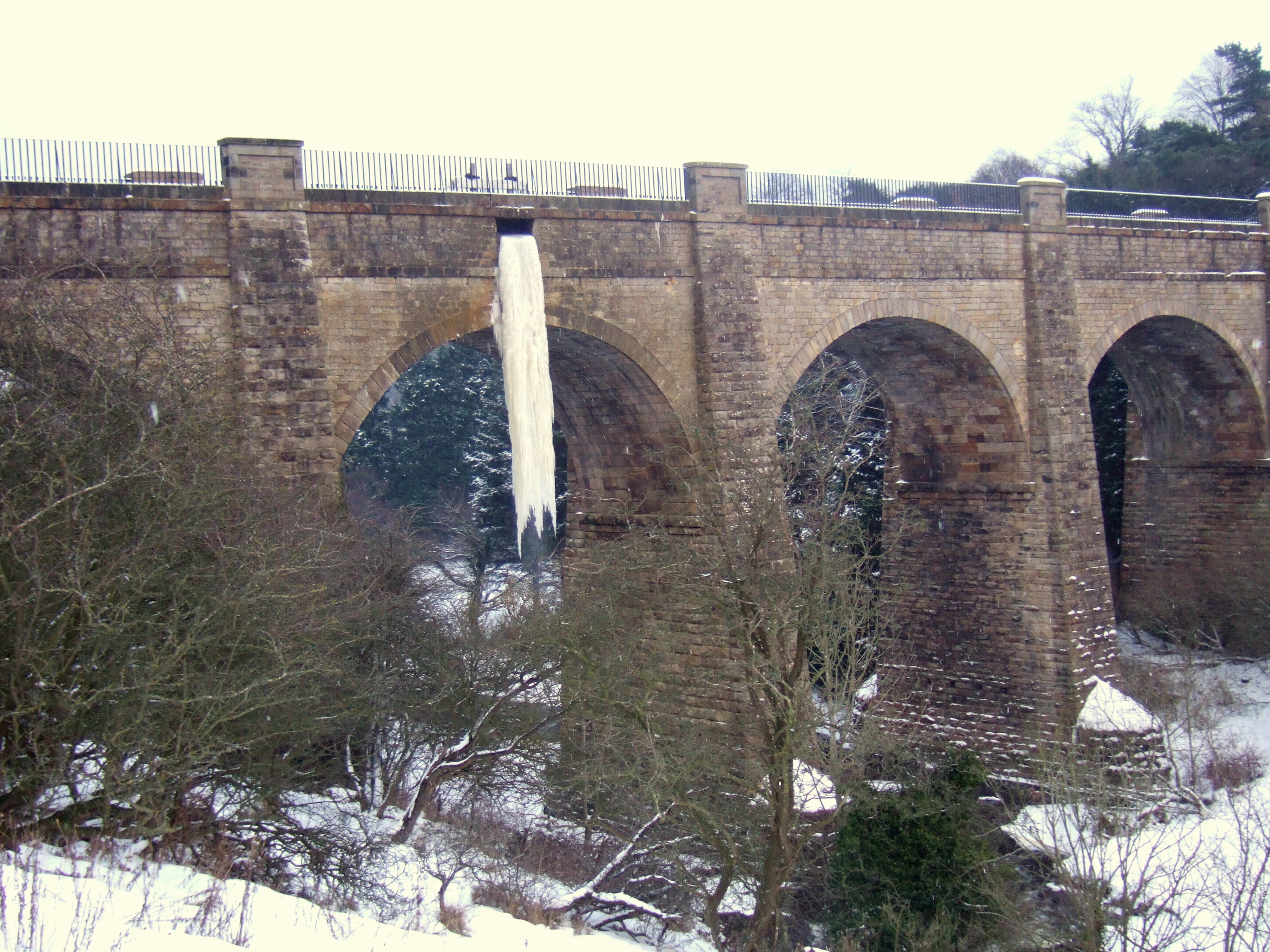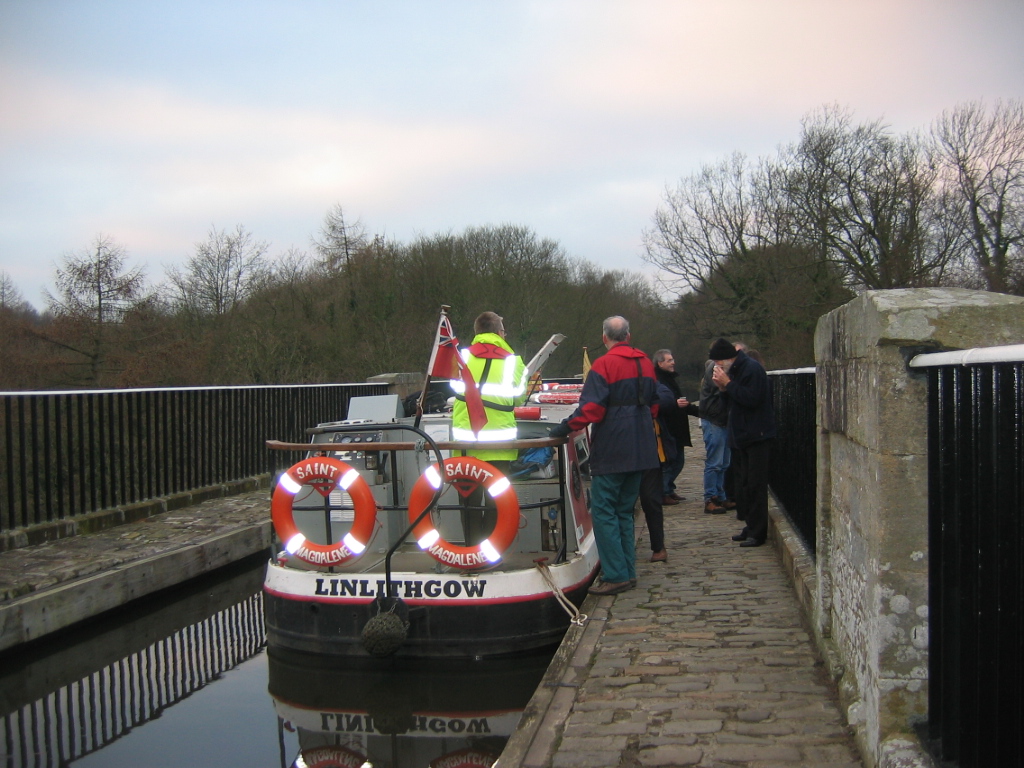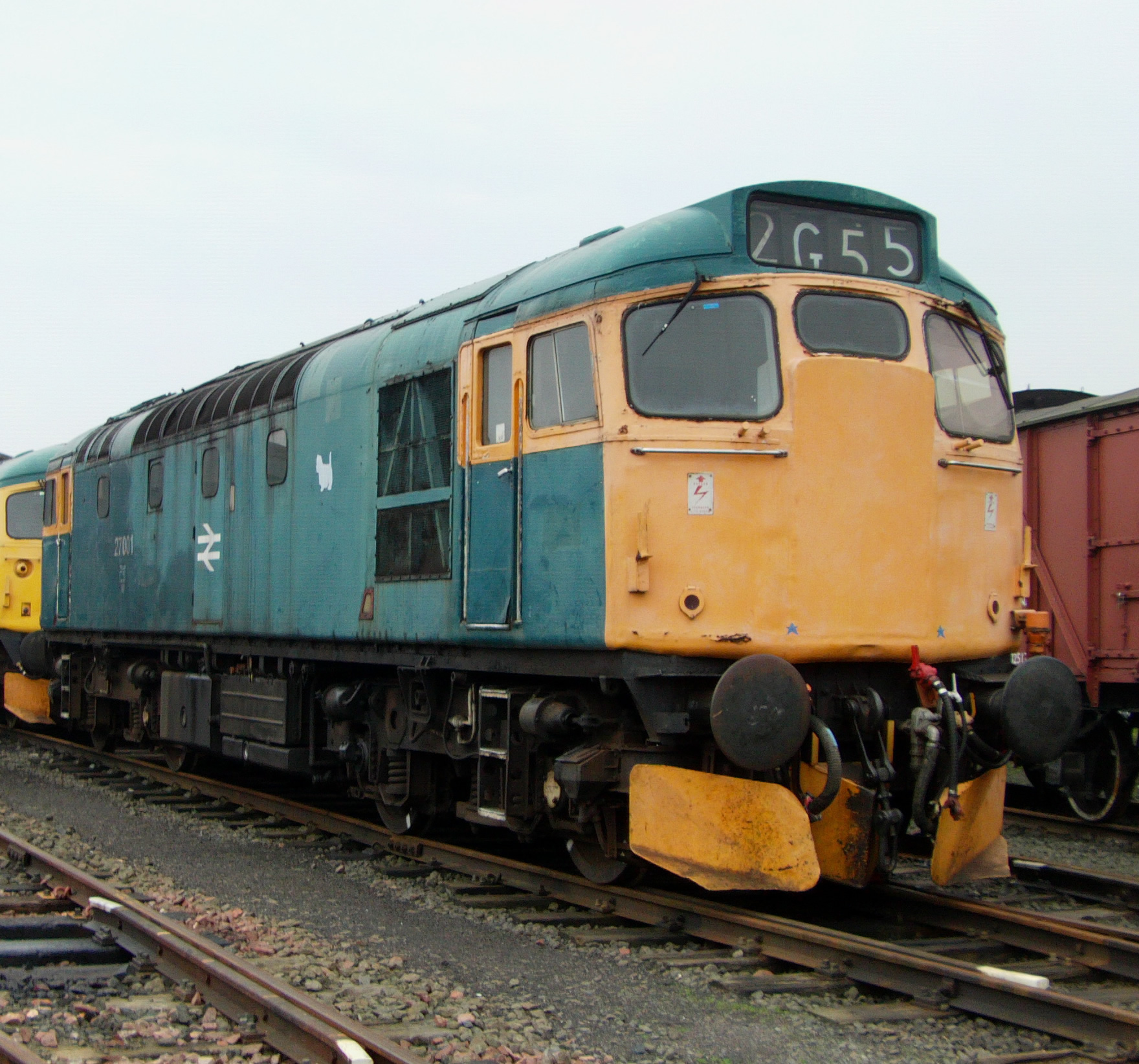|
Whitecross, Falkirk
Whitecross is a small village within the Falkirk council area, close to the boundary of West Lothian council in Scotland. It lies west-southwest of Linlithgow and south-east of Polmont on the west bank of the River Avon. Until the end of World War II it was literally a handful of buildings, but expanded thereafter with a housing estate planned by Stirlingshire County Council in 1945. The United Kingdom 2001 census reported the population as 819.Insight 2001, No 3 - 2001 Census Population of settlements and wards www.falkirk.gov.uk. Retrieved 2011-05-17 Manuel Junction, where the branch li ... [...More Info...] [...Related Items...] OR: [Wikipedia] [Google] [Baidu] |
Boxing The Compass
The points of the compass are a set of horizontal, radially arrayed compass directions (or azimuths) used in navigation and cartography. A compass rose is primarily composed of four cardinal directions—north, east, south, and west—each separated by 90 degrees, and secondarily divided by four ordinal (intercardinal) directions—northeast, southeast, southwest, and northwest—each located halfway between two cardinal directions. Some disciplines such as meteorology and navigation further divide the compass with additional azimuths. Within European tradition, a fully defined compass has 32 'points' (and any finer subdivisions are described in fractions of points). Compass points are valuable in that they allow a user to refer to a specific azimuth in a colloquial fashion, without having to compute or remember degrees. Designations The names of the compass point directions follow these rules: 8-wind compass rose * The four cardinal directions are north (N), east (E) ... [...More Info...] [...Related Items...] OR: [Wikipedia] [Google] [Baidu] |
Manuel Junction
Manuel Junction is a railway junction near the village of Whitecross, Falkirk, Scotland. It is the terminus of the Bo'ness and Kinneil Railway (operated by the Scottish Railway Preservation Society (SRPS)) and forms a connection between it and the Glasgow–Edinburgh via Falkirk line. It is not to be confused with Bo'ness Junction which refers rather to the mainline junction adjacent to Manuel Junction on the Edinburgh–Glasgow line. There is no station here but services operated almost entirely by ScotRail pass on the Edinburgh–Glasgow service and Edinburgh–Dunblane service. The area's signals are controlled by Edinburgh Signalling Centre (SC). There is a loop on the westbound side and a disused west facing siding. The siding leading to the Bo'ness and Kinneil Railway and Manuel Junction is east facing on the eastbound side and is controlled by Bo'ness ground frame, which is released by Edinburgh SC. History The junction is constructed on the site of the original Edin ... [...More Info...] [...Related Items...] OR: [Wikipedia] [Google] [Baidu] |
Falkirk Braes
The Falkirk Braes is a geographical and sociopolitical entity within the Falkirk local authority area in Scotland. The population (both suburban and rural) is approximately 32,000 (2018), about 20% of the total for Falkirk council area. Description Covering an area of high ground within to the south and east of the county town Falkirk and south of Grangemouth, its core comprises a number of small villages including mining and quarrying communities,OS 25 inch Scotland, 1892-1905 Explore georeferenced maps () which have each expanded to form a near-contiguous acentric suburban environment. [...More Info...] [...Related Items...] OR: [Wikipedia] [Google] [Baidu] |
Almond Castle
Almond Castle is a ruined L-plan castle dating from the 15th century. It is located west of Linlithgow, and north of the Union Canal, in Falkirk, Scotland. It was known as Haining Castle until the 17th century.Coventry Martin (1997) ''The Castles of Scotland''. Goblinshead. p.52 The structure is unsound and is protected as a scheduled monument. History The estate originally belonged to the Crawford family, and they built the castle in about 1470. In about 1540 it passed by marriage to the Livingstones, who built an extension at the south west. They also built an extension along the south east wall in 1586. When James Livingstone was created Baron Livingstone of Almond in 1633 the castle's name was changed to Almond from Haining. After the Jacobite rising of 1715 the castle was forfeited to the crown by the Livingstone Earls of Callendar Earl of Callendar was a title in the Peerage of Scotland.Also spelt "Calendar" and "Calender" It was created in 1641 for James Living ... [...More Info...] [...Related Items...] OR: [Wikipedia] [Google] [Baidu] |
Malcolm IV Of Scotland
Malcolm IV ( mga, Máel Coluim mac Eanric, label=Medieval Gaelic; gd, Maol Chaluim mac Eanraig), nicknamed Virgo, "the Maiden" (between 23 April and 24 May 11419 December 1165) was King of Scotland from 1153 until his death. He was the eldest son of Henry, Earl of Huntingdon and Northumbria (died 1152) and Ada de Warenne. The original Malcolm Canmore, a name now associated with his great-grandfather Malcolm III (Máel Coluim mac Donnchada), succeeded his grandfather David I, and shared David's Anglo-Norman tastes. Called Malcolm the Maiden by later chroniclers, a name which may incorrectly suggest weakness or effeminacy to modern readers, he was noted for his religious zeal and interest in knighthood and warfare. For much of his reign he was in poor health and died unmarried at the age of twenty-four. Accession Earl Henry, son and heir of King David I of Scotland, had been in poor health throughout the 1140s. He died suddenly on 12 June 1152. His death occurred in either N ... [...More Info...] [...Related Items...] OR: [Wikipedia] [Google] [Baidu] |
Cistercian
The Cistercians, () officially the Order of Cistercians ( la, (Sacer) Ordo Cisterciensis, abbreviated as OCist or SOCist), are a Catholic religious order of monks and nuns that branched off from the Benedictines and follow the Rule of Saint Benedict, as well as the contributions of the highly-influential Saint Bernard of Clairvaux, known as the Latin Rule. They are also known as Bernardines, after Saint Bernard himself, or as White Monks, in reference to the colour of the "cuculla" or cowl (choir robe) worn by the Cistercians over their habits, as opposed to the black cowl worn by Benedictines. The term ''Cistercian'' derives from ''Cistercium,'' the Latin name for the locale of Cîteaux, near Dijon in eastern France. It was here that a group of Benedictine monks from the monastery of Molesme founded Cîteaux Abbey in 1098, with the goal of following more closely the Rule of Saint Benedict. The best known of them were Robert of Molesme, Alberic of Cîteaux and the English ... [...More Info...] [...Related Items...] OR: [Wikipedia] [Google] [Baidu] |
Union Canal (Scotland)
The Union Canal, full name the Edinburgh and Glasgow Union Canal, is a canal in Scotland, running from Falkirk to Edinburgh, constructed to bring minerals, especially coal, to the capital. It was opened in 1822 and was initially successful, but the construction of railways, particularly the Edinburgh and Glasgow Railway, which opened in 1842, diminished its value as a transport medium. It fell into slow commercial decline and was closed to commercial traffic in 1933. It was officially closed in 1965. The canal is listed as three individual scheduled monuments by Historic Scotland according to the three former counties, Midlothian, West Lothian and Stirlingshire, through which it flows. It has benefited from a general revival of interest in canals and, as a result of the Millennium Link, was reopened in 2001 and reconnected to the Forth and Clyde Canal in 2002 by the Falkirk Wheel. It is now in popular use for leisure purposes. History Proposal The canal was conceived with ... [...More Info...] [...Related Items...] OR: [Wikipedia] [Google] [Baidu] |
Avon Aqueduct
The Avon Aqueduct is a navigable aqueduct that carries the Union Canal over the River Avon, near Linlithgow, Scotland. History The aqueduct was built to a design by Hugh Baird, with advice from Thomas Telford, in tandem with the aqueducts at Slateford and Lin's Mill, with which it shares its design. Telford was not convinced that the stone arches were necessary in conjunction with the iron trough, but Baird used both on all three major aqueducts. Construction was carried out by Messrs. Craven, Whitaker and Nowell between 1819 and 1821, their success in building a stone bridge over the River Ouse making their tender for the contract "by far the most eligible". The aqueduct straddles the border between the West Lothian and Falkirk Council areas, so has two Historic Environment Scotland listings. The aqueduct is a category A listed building. Design The Barton Aqueduct of 1761, and subsequent canal aqueducts in the United Kingdom, used large quantities of masonry and puddli ... [...More Info...] [...Related Items...] OR: [Wikipedia] [Google] [Baidu] |
Scottish Railway Preservation Society
The Scottish Railway Preservation Society is a charity, whose principal objective is the preservation and advancement of railway heritage in Scotland. The society's headquarters is at Bo'ness, in central Scotland. Bo'ness and Kinneil Railway The society operates the Bo'ness and Kinneil Railway The Bo’ness and Kinneil Railway is a heritage railway in Bo'ness, Scotland. It is operated by the Scottish Railway Preservation Society (SRPS), and operates a total of over of track (between Bo'ness and Manuel Junction, via Kinneil and Birkh ..., on which the historic collection is demonstrated in action, on Saturdays and Sundays from Easter until the end of October, and daily in July and August (intending visitors should check the website for details). References External linksBo'ness & Kinneil Railway- official siteScottish Railway Preservation Society- official site {{authority control Railway societies Railway museums in Scotland Engineering preservation societies Tra ... [...More Info...] [...Related Items...] OR: [Wikipedia] [Google] [Baidu] |
Bo'ness
Borrowstounness (commonly known as Bo'ness ( )) is a town and former burgh and seaport on the south bank of the Firth of Forth in the Central Lowlands of Scotland. Historically part of the county of West Lothian, it is a place within the Falkirk council area, northwest of Edinburgh and east of Falkirk. At the 2011 United Kingdom census, the population of the Bo'ness locality was 15,100. Until the 20th century, Bo'ness was the site of various industrial activities, including coal mining, saltmaking and pottery production. With its location beside the Forth, the town and its harbour grew in importance in the industrial revolution and later continued to grow into the Victorian era. Since the late 20th century, deindustrialisation has changed the nature of the town, with the coal mine closing in 1982 and the waterfront area now being primarily used for leisure purposes. However, some industry remains in the town including an ironworks and a timberyard/sawmill beside the Fort ... [...More Info...] [...Related Items...] OR: [Wikipedia] [Google] [Baidu] |
United Kingdom 2001 Census
A nationwide census, known as Census 2001, was conducted in the United Kingdom on Sunday, 29 April 2001. This was the 20th UK census and recorded a resident population of 58,789,194. The 2001 UK census was organised by the Office for National Statistics (ONS) in England and Wales, the General Register Office for Scotland (GROS) and the Northern Ireland Statistics and Research Agency (NISRA). Detailed results by region, council area, ward and output area are available from their respective websites. Organisation Similar to previous UK censuses, the 2001 census was organised by the three statistical agencies, ONS, GROS, and NISRA, and coordinated at the national level by the Office for National Statistics. The Orders in Council to conduct the census, specifying the people and information to be included in the census, were made under the authority of the Census Act 1920 in Great Britain, and the Census Act (Northern Ireland) 1969 in Northern Ireland. In England and Wales these reg ... [...More Info...] [...Related Items...] OR: [Wikipedia] [Google] [Baidu] |
.jpg)
